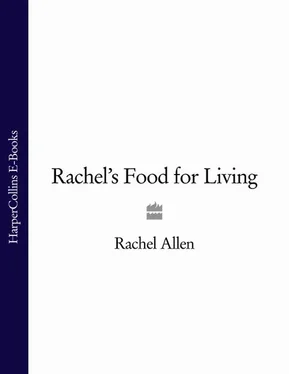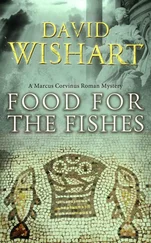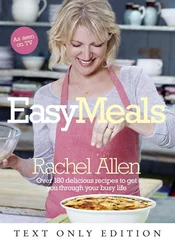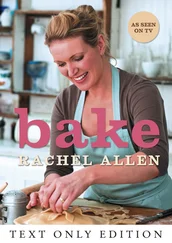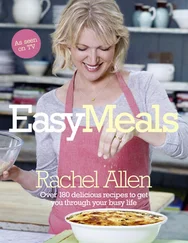1 tsp Dijon mustard
150g (5oz) Gruyère cheese, grated
150g (5oz) Cheddar cheese, grated
50g (2oz) Parmesan cheese, grated
Freshly ground black pepper
MAKES 750ML (1¼ PINTS)
VEGETARIAN
150g (5oz) honey
600ml (1 pint) water
Juice of 4 lemons
TO SERVE
Ice
1Preheat the oven to 180°C (350°F), Gas mark 4.
2Cook the pasta according to the instructions on the packet. Drain.
3Meanwhile, place the cream and stock in another saucepan and bring to the boil. Take off the heat and add the mustard, the Gruyère and Cheddar cheeses and half of the Parmesan. Stir to melt all the cheese. Season with some pepper (it may not need any salt). Pour into the drained pasta and stir to mix.
4Pour into a 25cm (10in) square or similar rectangular ovenproof gratin dish and sprinkle with the remaining Parmesan cheese. When you are ready to eat, place the dish in the oven and cook for 15–20 minutes or until brown on top and bubbling around the sides.
This lemonade always reminds me of long, hot summers spent outdoors without a care in the world. The honey adds a much more interesting flavour than sugar. You can add fresh lime juice if you wish, but I love the simple lemon and honey flavours.
1Place the honey and 60ml (2fl oz) of the water in a saucepan and heat up just enough to liquefy the honey. Then pour into a jug and allow to cool slightly.
2Add the rest of the water together with the lemon juice and serve with ice.
Sesame Goujons of Fish with Mushy Peas and Oven Roast Chips
Fish ’n’ chips are a rite of passage. They’re such a great and simple combination, and so universally loved. How can you eat mushy peas and not feel like a six-year-old again? The finger-size goujons and the sesame seeds just add a little twist to this old favourite.
SERVES 4
4–6 fillets (about 450g/1lb) of plaice or lemon sole
Sunflower oil, for frying
300ml (½ pint) milk
100g (4oz) plain flour
Pinch of salt
3 tbsp sesame seeds
FOR THE OVEN ROAST CHIPS
4–8 potatoes, peeled
30ml (1fl oz) olive oil
FOR THE MUSHY PEAS
225g (8oz) peas (can be frozen)
15g (½oz) butter or 1 tbsp olive oil
1Prepare the fish by cutting it lengthways or at an angle into goujons (finger-sized pieces), about 1cm (½in) wide and 10cm (4in) long. Place the fish in a small bowl with the milk. Place the flour, salt and sesame seeds in another bowl. Preheat the oven to 220°C (425°F), Gas mark 7.
2To make the oven roast chips, cut the peeled potatoes into chips, about 1cm (½in) wide. Place in a medium–sized saucepan, cover with boiling water from the kettle and boil for 1 minute, drain and spread out on kitchen paper to dry. Put the dried potatoes in a bowl and toss with the olive oil, spread out in a single layer in a baking tray and cook in the oven for 15–20 minutes or until golden and cooked.
3Meanwhile, make the mushy peas. Bring a medium-sized saucepan with 500ml (18fl oz) water to the boil, drop in the peas, cover with the lid just until the water comes back to the boil on a high heat. Then remove the lid and boil for 1–2 minutes until the peas are just cooked but still bright green. Immediately drain them (reserving some of the liquid) and whiz them in a food processor with the butter or olive oil; you may need to add a tiny drop of the cooking liquid or cream if the mixture is too thick. Return the mushy peas to a saucepan for reheating later.
4Next cook the fish. Heat a deep fat fryer with sunflower oil or a large sauté pan with about 2cm (¾in) oil. Take the fish out of the milk and drop it into the sesame flour. Toss it in the flour to completely cover each piece of fish and carefully place the fish into the pan of hot oil. Turn them after a minute and cook for 1 minute more – when the flour coating is golden, the fish should be cooked.
5To serve, place the crispy goujons of fish on plates with the oven roast chips and mushy peas.
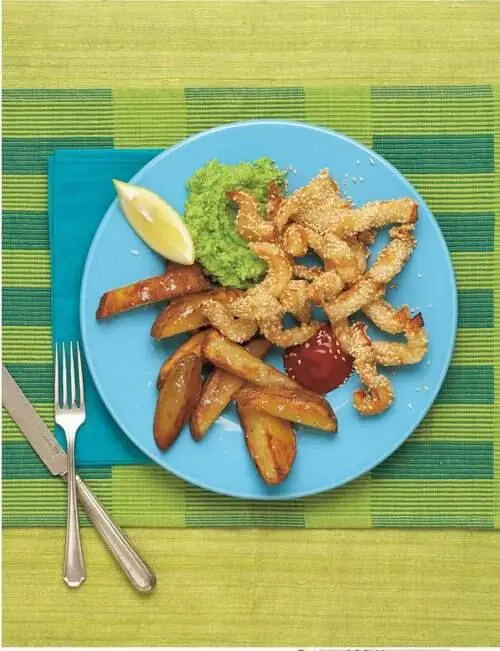
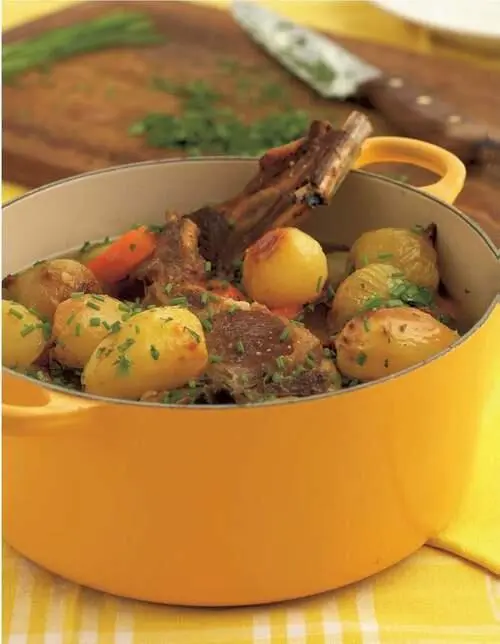
The definitive recipe for Irish stew simply doesn’t exist as in the past each household would have had its own family recipe. It is said, however, that people in the south of Ireland always add carrots, but people north of County Tipperary do not. Many people make their stew by placing alternate layers of meat, onions, carrots and potatoes in a pot, seasoned with salt and pepper, covered with water and stewed gently for a couple of hours. If you sear the meat and vegetables before stewing, as we do at Ballymaloe, it seals in the delicious sweet flavour.
SERVES 4–6
1.5kg (3lb 5oz) mutton chops from the neck or shoulder, still on the bone, cut about 1.5cm (¾in) thick
3 tbsp olive oil
3 carrots, peeled and cut into thick slices at an angle, or 12 small baby carrots, scrubbed and left whole
12 baby onions, peeled, or 3–4 medium onions, cut into quarters through the root, which should keep the wedges intact
Salt and freshly ground black pepper
400ml (14fl oz) lamb or chicken stock or water
8–12 potatoes, peeled and halved if very large
Sprig of thyme
1 tbsp chopped fresh parsley
1 tbsp snipped fresh chives
1Preheat the oven to 160°C (325°F), Gas mark 3.
2Cut the chops in half, but keep the bones intact as they will give great flavour. Heat a medium-large ovenproof casserole pot or large saucepan with the olive oil until hot, then toss in the meat and cook for a minute on either side until it is nice and brown. Remove the meat and set aside and then cook the carrots and onions in the hot oil for a couple of minutes, seasoning with salt and pepper. Return the meat to the pot.
3Add the stock and bring to the boil. Put the potatoes and sprig of thyme on top and transfer to the oven for 1½–2 hours or until the meat is very tender. When it is cooked, pour off the cooking liquid and allow it to sit for a minute until the fat floats to the top – adding a cube of ice will help speed this up. Spoon off the fat and pour the juices back over the stew. Add the chopped herbs and serve.
If the potatoes are quite small, add them 20–30 minutes after the stew starts cooking to avoid them breaking up.
Pork Chops with Apple Sauce and Mustard Mash
This is just such a wonderful, old-fashioned family favourite and is destined to be so forever. I remember it well from our own family dinners. My mum used to serve the mustard and the mash separately on the plate and I would mix the mustard into the mash, even though this wasn’t her intent! It’s now evolved and I serve it as ‘mustard mash’, demonstrating that family recipes often change over time.
SERVES 4–6
FOR THE MUSTARD MASH
Follow the Perfect Mash recipe on page 27
2–3 tbsp grainy mustard
Salt and freshly ground black pepper
Читать дальше
